Just imagine not even being able to go out of your house, because anytime you try to step out of your house, it scares the hell out of you. But for others, this fear is not temporary — it is an everyday fact of life, a result of agoraphobia. It is one of the most common agoraphobia symptoms. One-on-one interaction — simply leaving the house for a trip to the grocery store or a bus could be a tall ask for you having this anxiety disorder.
Agoraphobia – An Overview
Another complex anxiety disorder is agoraphobia, a term often misused to refer simply to fear of open space. This is characterized by a crippling fear of situations in which escape might be difficult, or help unavailable, in the event of a panic attack. And so it may be that this disease causes daily experiences such as going to the shop, going to the events or simply going outdoors, seem burdensome.
How Agoraphobia Manifests
Agoraphobia most often develops out of fear of having panic attacks in public or new places. This fear can lead to avoidance behavior, as the person starts to shun places or situations that they identify with anxiety. Over time, such avoidance can restrict their world, making it difficult to keep up relationships, work, or even the performance of simple activities like shopping for groceries.
For example, a person with agoraphobia might:
- Avoid crowded places like shopping centers or concerts.
- Avoid traveling by using public transport modes like buses or trains.
- Feel uncomfortable in open spaces like parks or parking lots.
- Rely heavily on a supportive partner for any outing outside the home.
Recent Developments in Agoraphobia Research
New research has enlightened the understanding of agoraphobia and its treatment. For example:
A 2023 Journal of Anxiety Disorders article discovered that virtual reality (VR) therapy has the potential to be a successful treatment for agoraphobia. Exposure to feared environments in a secure environment enables individuals to learn coping skills without the risk of the real world.
These breakthroughs offer promise for more successful and personalized treatments in the future.
10 Powerful Signs of Agoraphobia Symptoms
Agoraphobia is a particular kind of anxiety disorder that is characterized by overanxious behavior and avoidance behavior in specific situations where an individual feels trapped, helpless, or embarrassed. Such individuals can become anxious in ordinary situations, making daily life challenging. The following are the main symptoms of agoraphobia, describing the way they feel and how they interfere with daily living.
1. Fear of Going Out Alone
One of the most clear-cut signs of agoraphobia is the sheer fear that is linked with going out alone. Individuals diagnosed with agoraphobia can experience:
- Panic attacks or anxiety when trying to leave home.
- Physical symptoms like dizziness, sweating, rapid heartbeat, or nausea even before opening the door.
- Having a strong feeling that something will go terribly wrong if they are left alone in a public place.
They need to prepare in their minds for hours—or even days—before trying to leave home.
2. Avoiding Crowds and Crowded Places
Another common symptom of agoraphobia is avoiding congested areas, like malls, concerts, or transportation hubs. The affected may:
- Feel smothered or overwhelmed by the large crowd of people around them.
- Suffer from fear of being in a crowd and having no convenient way of leaving.
- Show avoidance behaviors, such as shopping online or visiting a place only at off-peak hours.
- Experience sudden panic attacks while standing in close proximity to a disproportionate number of strangers.
3. Fear of Enclosed Places
In many people, small or enclosed spaces trigger symptoms of agoraphobia due to the lack of an escape route. This may include:
- Avoiding the use of elevators, tunnels, or public restrooms due to smothering anxiety.
- Feeling trapped or breathless in tiny waiting rooms, offices, or crowded buses.
- Experiencing dizziness or an overwhelming urge to escape when placed in areas with a limited number of escape routes.
In severe cases, even airplanes and movie theaters are off-limits due to the fear of not being able to escape at a moment’s notice.
4. Fear of Open Spaces
Whereas enclosed spaces may be discomforting for some, those afflicted with agoraphobia find it difficult to cope in wide open spaces such as:
- Parks, parking lots, bridges, and beaches, where they feel insecure and exposed.
- Open spaces with undefined boundaries, causing them to feel exposed.
- Extreme dizziness, feeling disconnected, or a sense of losing control when placed in large open spaces.
- A desire to hold on to walls or stay near doors in new settings to rid oneself of anxiety.
5. Reliance on Others for Safety
Those afflicted with agoraphobia find themselves developing an extreme dependence on their family and friends to escort them through public places. These include:
- A need for a friend or relative to escort them for errands or appointments.
- A refusal to go out alone, even for short distances.
- A feeling of immediate relief when a trusted person is around but experiencing extreme panic attacks when left alone.
- Avoidance of work, social activities, or schools if it means being alone outside.
6. Fear of Public Transportation
Those afflicted with agoraphobia find themselves experiencing enormous fear at the mere thought of taking public transportation. Buses, trains, subways, and airplanes are viewed as small, enclosed spaces where escape is not possible. The fear can result in avoidance of these means of transportation, severely limiting mobility and independence. For instance, an individual may prefer to drive long distances rather than fly due to excessive fear.
7. Physical Symptoms
Exposure to feared situations can result in a range of physical reactions including:
- Rapid Heartbeat: Sudden acceleration of heart rate.
- Sweating: Excessive sweating even in moderate settings.
- Dizziness: A feeling of lightheartedness or instability.
- Nausea: A feeling of queasiness or sickness in the stomach.
These symptoms are akin to those felt during a panic attack and can be so overwhelming that individuals fear they are experiencing a medical emergency, such as a heart attack. Such fear serves to reinforce avoidance behavior, as individuals attempt to avoid these unpleasant sensations.
8. Avoidance Behavior
In an attempt to manage their anxiety, individuals with agoraphobia will often engage in avoidance behavior, consciously avoiding situations or places that may precipitate fear. This behavior may involve:
- Avoiding Crowded Situations: Such as shopping malls, concerts, or theaters.
- Staying Close to Home: Restricting travel to familiar environments.
- Dependence on a Companion: Only entering feared situations with a trusted friend or family member.
Although these coping strategies may be temporarily effective, they can severely impair daily functioning and quality of life. Over time, the number of situations avoided may increase, resulting in increased isolation.
9. Feeling Trapped
One of the defining characteristics of agoraphobia is the fear of being trapped or unable to escape in specific situations. This fear may be manifested as:
- Fear of Elevators: Fear of being trapped without an immediate means of escape.
- Avoidance of Bridges or Tunnels: Fear of being trapped in traffic without an accessible means of escape.
- Reluctance in Open Spaces: Such as parking lots or fields, where immediate shelter is not present.
This pervasive sense of being trapped can lead to severe distress and additional avoidance behaviors.
10. Emotional Distress
In addition to physical symptoms, agoraphobia has a profound effect on emotional functioning. Individuals may experience:
- Embarrassment: Concern about others observing their anxiety or panic symptoms.
- Helplessness: Feeling unable to control their fear reactions.
- Loss of Control: Overall sense of unpredictability about their levels of anxiety.
These emotional challenges can result in low self-esteem, social withdrawal, and overall decline in mental health.
Causes of Acrophobia
Agoraphobia is a complex anxiety disorder characterized by a prominent fear of situations in which one may become trapped, stuck, or embarrassed and from which escape might be difficult or in which help may not be obtainable in the event of having a panic attack. Observe the etiology for proper treatment and management of the condition.
Genetic Factors
Research shows that genetic factors play a significant role in the causation of agoraphobia. People with a family history of anxiety disorders are at increased risk. The genetic factor suggests that inherited elements might affect brain chemistry and stress response, which can contribute to the causation of agoraphobia.
Environmental Influences
Environmental factors play a significant role in inducing agoraphobia. The main influences are:
- Stressful Life Events: Traumatic events, abuse, or loss may be causative factors for agoraphobia. The events contribute to increased avoidance and anxiety behavior.
- Childhood Experiences: Adverse experiences early in life, such as bullying or overprotective parenting, make the person vulnerable, and chances of developing agoraphobia are increased.
Psychological Factors
Certain personality traits and mental disorders are associated with an increased risk of developing agoraphobia:
- Personality Traits: People with natural nervousness, anxiety, or a stress-prone personality are at risk of developing agoraphobia.
- Panic Disorder: Panic disorder has a close relationship with agoraphobia. A high percentage of people diagnosed with agoraphobia also have panic attacks, causing a vicious circle of avoidance and fear.
Neurological Factors
Chemical imbalances in the brain, especially those involving neurotransmitters like serotonin and dopamine, have been implicated in anxiety disorders like agoraphobia. The imbalances might affect the mood regulation and response to stress, which can result in the development of phobic responses.
Recent Insights
Recent studies have investigated the use of virtual reality (VR) in the treatment and understanding of agoraphobia. R exposure therapy also promises to help people overcome their phobia and confront it in a safe environment, opening up new treatment options. Understanding these complex causes is key to creating effective treatment strategies, including cognitive behavioral therapy and medication, to enable people to overcome and cope with agoraphobia.
How Agoraphobia Impacts Daily Life
Agoraphobia is more than a fear of open spaces or crowded spaces—it’s an illness that can have a dramatic impact on every aspect of daily life. Without treatment, those with agoraphobia will see their world shrink as avoidance behavior dominates. Let’s see how this illness impacts different areas of life, backed by data and statistics.
Social Isolation and Social Relationships
One of the most notable impacts of agoraphobia is on social relationships. Individuals with this condition are likely to:
- Miss Social Events: Avoidance of public places or new environments can cause them to miss family gatherings, parties, or even informal meetups.
- Strain Friendships and Family Relationships: Dependence on others to accompany them when going out can cause tension between friends and family members.
- Feel Lonely: Over time, social isolation can create feelings of loneliness and depression.
Did You Know?
A 2022 study in the Journal of Anxiety Disorders reported that nearly 65% of the patients with agoraphobia reported severe social impairment, with many individuals feeling disconnected from their support system.
Struggling with Education and Work
Agoraphobia can make it hard to have a routine, particularly in school or workplace environments:
- School Absences: Students might miss school or quit school due to fear of crowded school campuses or public transport.
- Workplace Problems: Employees might avoid commuting, leading to regular absenteeism or even loss of job.
- Career Challenges: Avoidance of travel or networking sessions might hinder career development and opportunities.
Recent News: In 2023, a survey in United Kingdom reported that 40% of agoraphobic workers reported absent work at least weekly, highlighting the need for workplace adjustments and mental health intervention.
Difficulty in Performing Daily Tasks
Daily tasks and chores can be challenging for an agoraphobic individual:
- Grocery Shopping: Avoidance of crowded stores or long queues might hinder the purchase of essential items.
- Medical Visits: Hospital or clinic avoidance might delay essential health services.
- Public Transport: Avoidance of buses, trains, or airplanes can limit mobility.
Statistical Fact: The Anxiety and Depression Association of America (ADAA) reports that one-third of agoraphobic individuals avoid going out of their homes at all, depending on delivery services or family members for basic necessities.
Effect on Hobbies and Travel
Agoraphobia can deny people the joy of hobby and discovery:
- Limited Outdoor Activities: Avoidance of open spaces might hinder participation in team sports, hiking, or even walking in the park.
- Travel Fears: Avoidance of being in the unknown or enclosed spaces like airplanes might make travel impossible.
- Loss of Interest: Hobbies that involve leaving the home, such as concert attendance or art classes, might be abandoned.
Did You Know? A 2021 National Institute of Mental Health (NIMH) survey found 70% of people with agoraphobia gave up at least one hobby due to their condition.
Emotional and Mental Health Impacts
The impact of agoraphobia goes beyond physical limitations:
- Increased Anxiety: Ongoing fear of getting a panic attack can lead to chronic anxiety.
- Depression: Social withdrawal and restricted activities may lead to feelings of sadness and hopelessness.
- Low Self-Esteem: Difficulty with daily activities may make people feel inadequate or powerless.
Recent Data: A 2023 World Health Organization (WHO) report indicates that agoraphobia was a major contributor to disability-adjusted life years (DALYs) for anxiety disorders, thus highlighting its widespread impact on mental health.
Learning about the influence of agoraphobia on daily life can help us understand and connect with those afflicted and support successful treatments like Cognitive Behavioral Therapy (CBT) and mental health care. If you or someone in your life is struggling with these issues, seeking the advice of a professional can be the first step towards taking back a fulfilling life.
Treatment Methods for Agoraphobia
The good news is that agoraphobia can be treated, and several effective methods are available to help individuals take back control of their lives. Below, we explore the most prevalent treatment methods, their benefits, and how they work.
Cognitive Behavioral Therapy (CBT)
Cognitive Behavioral Therapy, or simply CBT, is one of the most effective treatments for agoraphobia. It consists of identifying and changing negative patterns of thinking that lead to anxiety and avoidance behavior.
How It Works:
Therapists help patients identify irrational fears and substitute them with realistic ones.
Patients learn coping skills for managing anxiety in precipitating situations.
Success Rate:
Studies suggest that 70-80% of patients suffering from anxiety disorders, including agoraphobia, show significant improvement with CBT.
Recent News:
A 2023 article in the Journal of Anxiety Disorders reports that virtual CBT is as effective as in-person therapy, thus making therapy accessible to those who find it challenging to venture out of their homes.
Exposure Therapy
Exposure therapy is a specific form of cognitive behavioral therapy (CBT) that involves gradual exposure to feared situations to decrease anxiety over time.
How It Works:
Therapists develop a hierarchy of feared situations, ranging from least threatening to more difficult ones.
Patients conduct these exposures in a controlled and supportive environment.
Success Stories:
A 2022 case study presented a patient who conquered their fear of public transportation after 12 weeks of exposure therapy, underscoring its life-altering potential.
Virtual Reality (VR) Exposure:
More recent developments involve the application of VR technology to simulate feared environments, thereby enabling patients to practice in a safe and controlled environment.
Support Groups
Sharing experiences with others who understand your struggles can be incredibly empowering.
Benefits:
These groups give you a sense of belonging and eliminate feelings of isolation.
They also offer practical advice and emotional support from other sufferers who have overcome similar difficulties.
Lifestyle Changes and Self-Help Strategies
In addition to professional therapy and medication, certain lifestyle changes can optimize the effectiveness of therapy and medication.
Regular Exercise:
Physical exercise decreases anxiety by releasing endorphins, the body’s natural mood elevator.
Mindfulness and Relaxation Techniques:
Methods such as meditation, deep breathing, and yoga manage stress and anxiety.
Healthy Diet:
Staying away from sugar and caffeine, which tend to worsen anxiety, and consuming well-balanced meals can enhance general mental well-being.
By combining these treatment methods, sufferers of agoraphobia can make positive strides towards healing and regain their lives. If you or someone close to you is affected, don’t delay seeking professional assistance—mental health is important, and there is hope for a better tomorrow.
Key Takeaways
- Agoraphobia is an anxiety disorder that causes fear of certain places or situations.
- Symptoms include avoidance behavior, reliance on others, and physical distress.
- Causes range from genetics to stressful life events.
- Treatment options like CBT and medication can help manage symptoms.
At a Glance
| Aspect | Details |
|---|---|
| Main Symptoms | Fear of leaving home, avoiding crowds, physical anxiety symptoms. |
| Common Causes | Genetics, panic disorder, stressful life events. |
| Treatment Options | Cognitive Behavioral Therapy, medications, exposure therapy. |
| Impact on Life | Can limit socializing, work, and daily activities if untreated. |
FAQs
1. Can agoraphobia be cured?
While there’s no instant cure, treatments like therapy and medication can significantly reduce symptoms and improve quality of life.
2. Is agoraphobia the same as social anxiety?
No, agoraphobia involves fear of places or situations, while social anxiety focuses on fear of social interactions.
3. Can children have agoraphobia?
Yes, though it’s more common in late teens or adults, children can also develop this condition.
4. How common is agoraphobia?
About 1-2% of people experience agoraphobia at some point in their lives.
Conclusion
Agoraphobia can seem like a cage, but it doesn’t have to dictate your life. By identifying the symptoms and grasping the underlying causes, you can begin your journey toward recovery. With appropriate treatment and support, it’s achievable to break free from avoidance behavior and reclaim your independence.

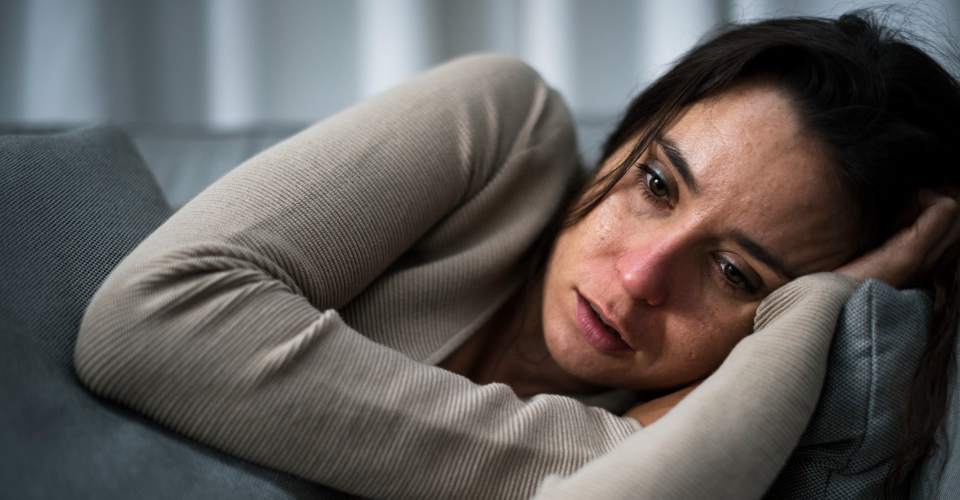
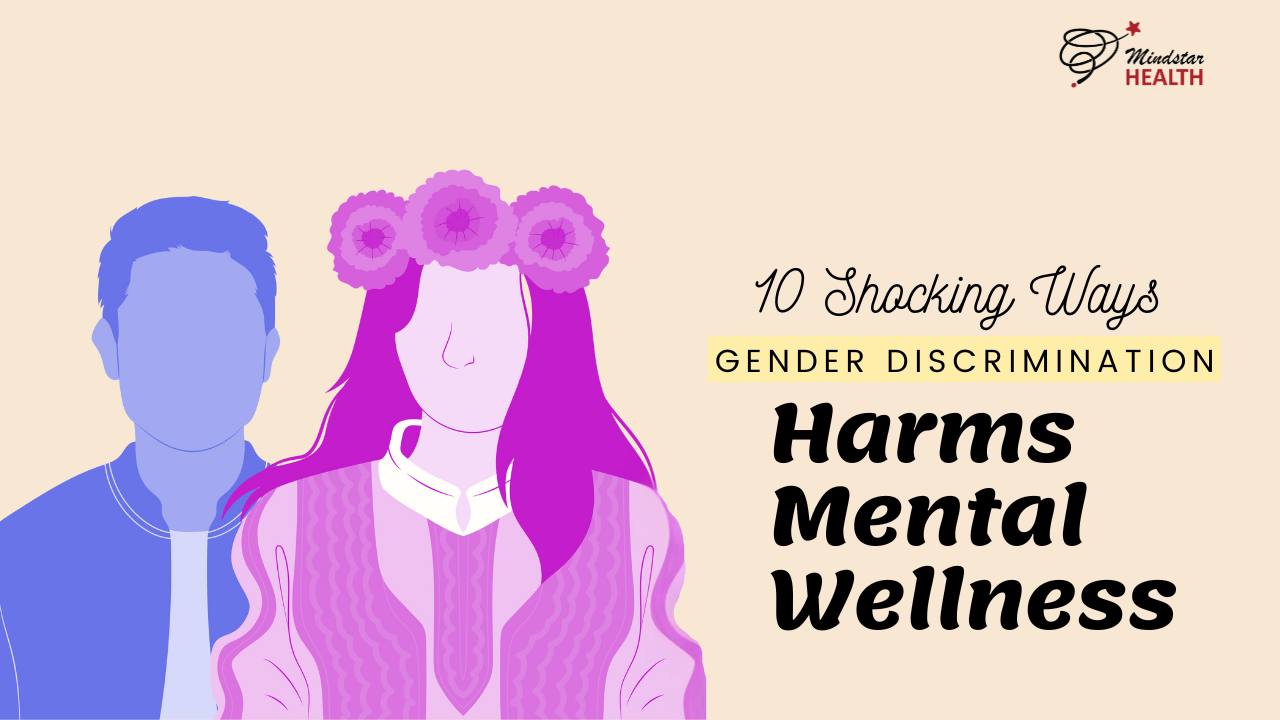


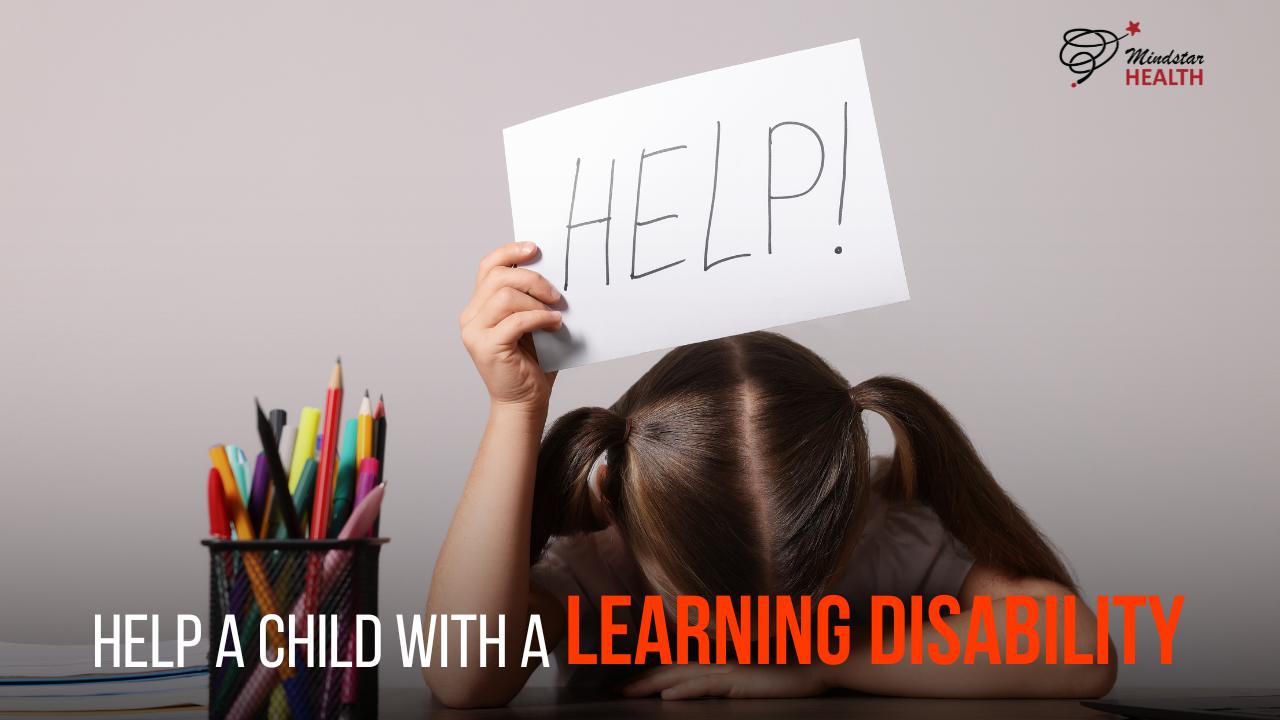
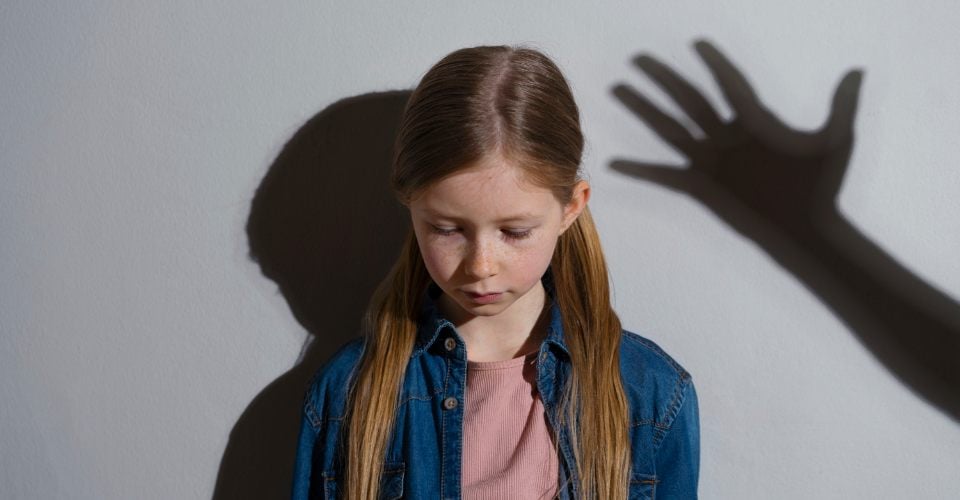
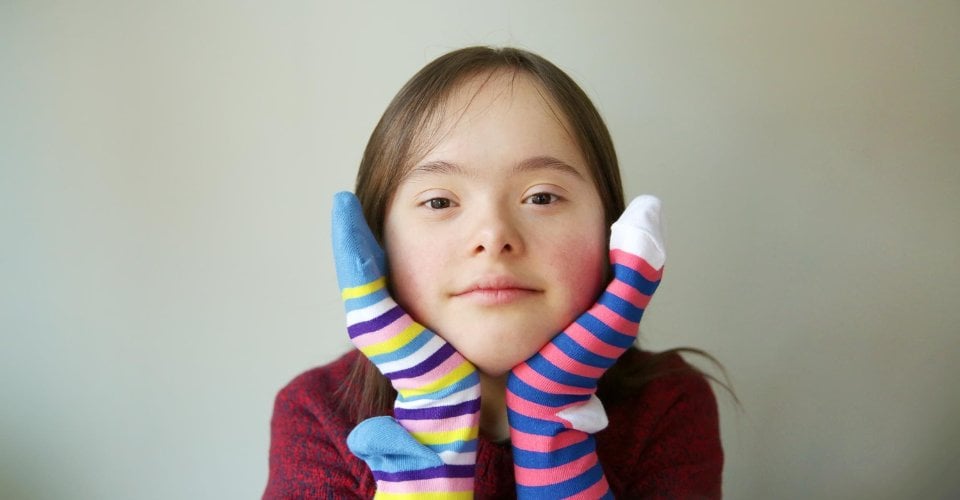




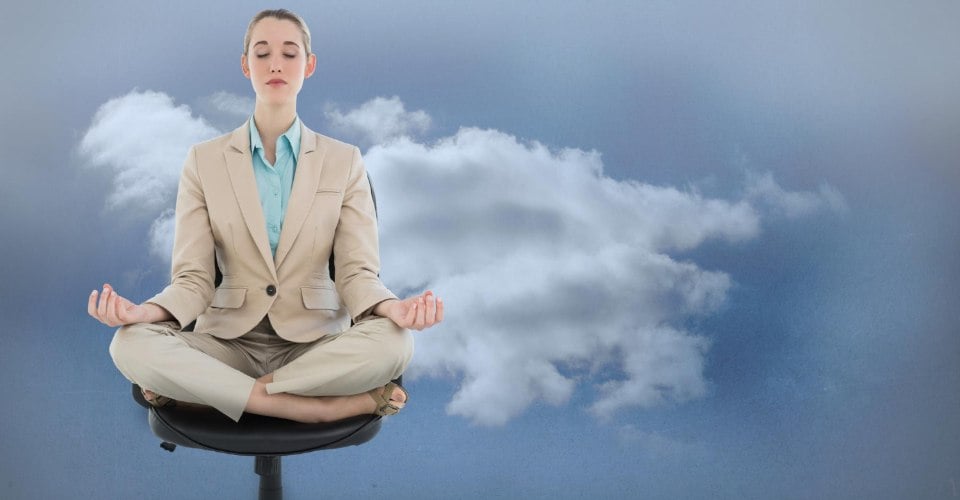
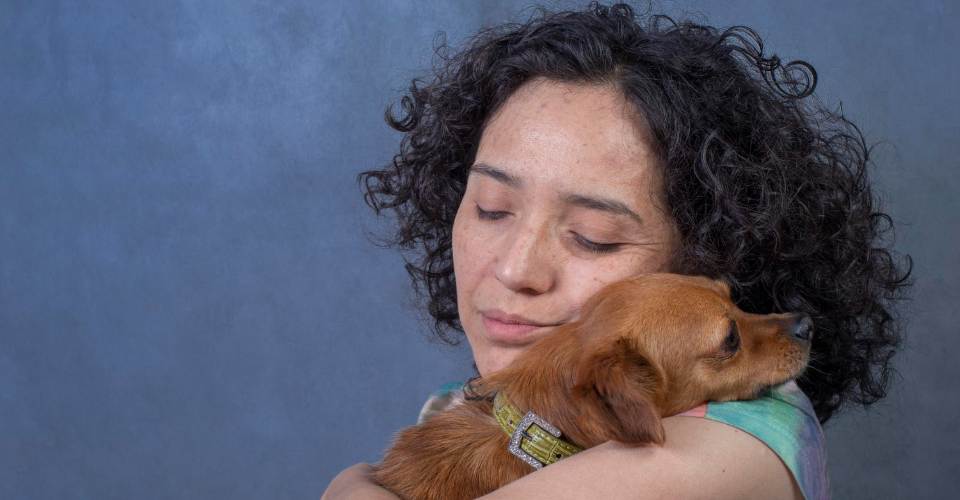

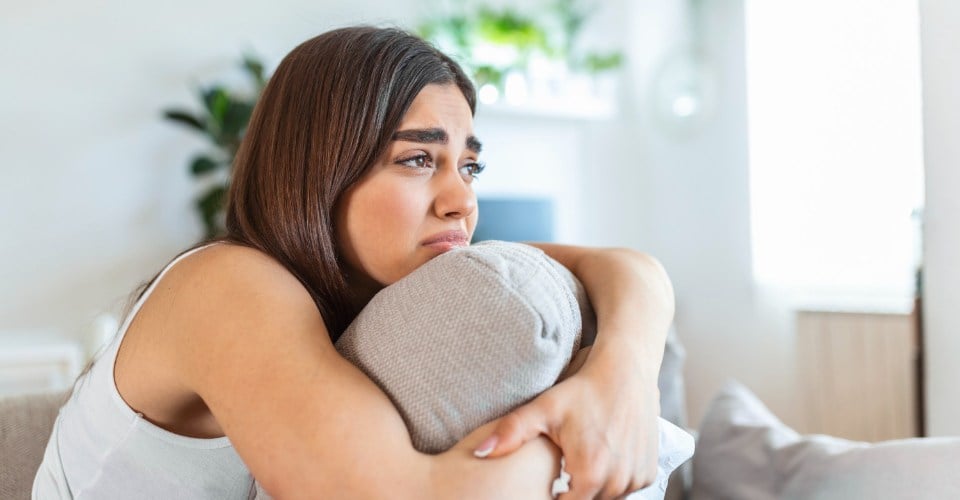

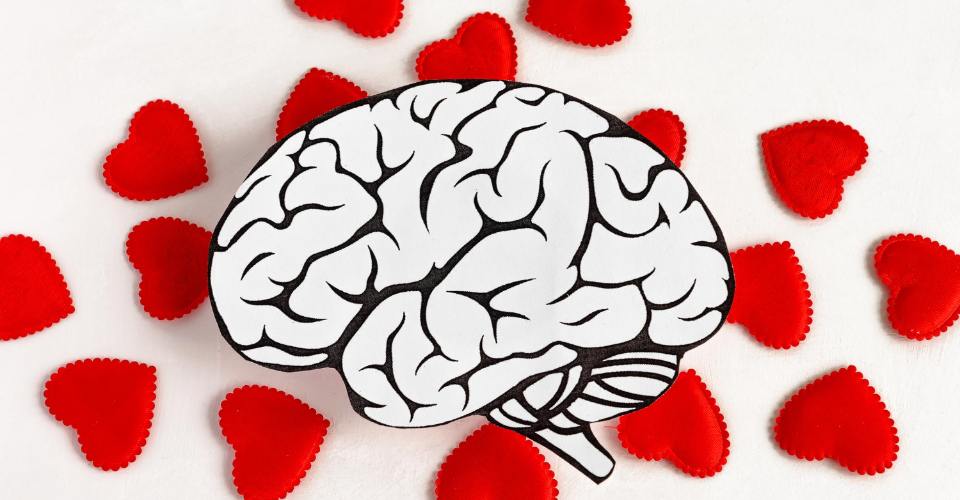

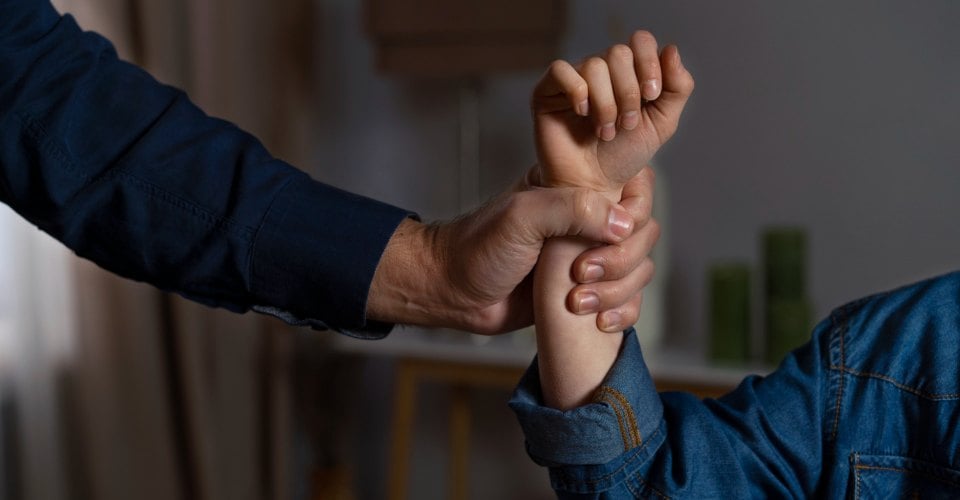
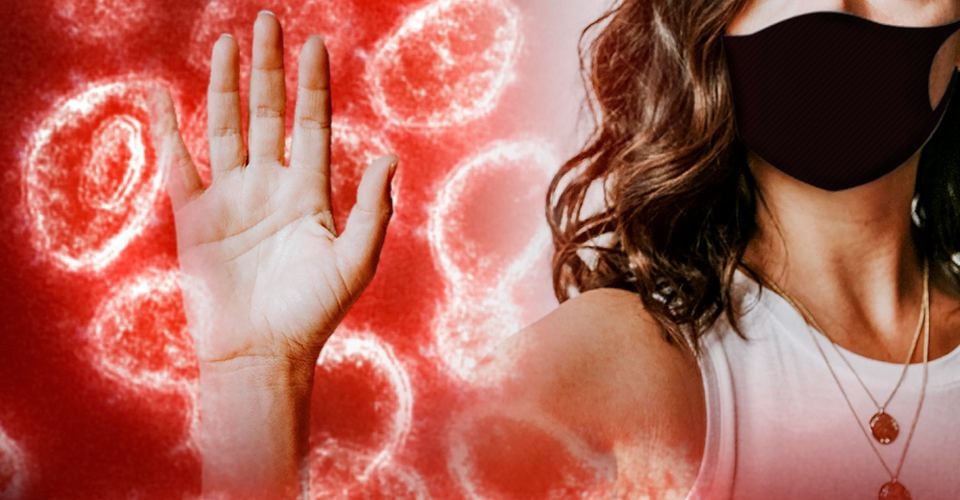
Leave a Reply
You must be logged in to post a comment.